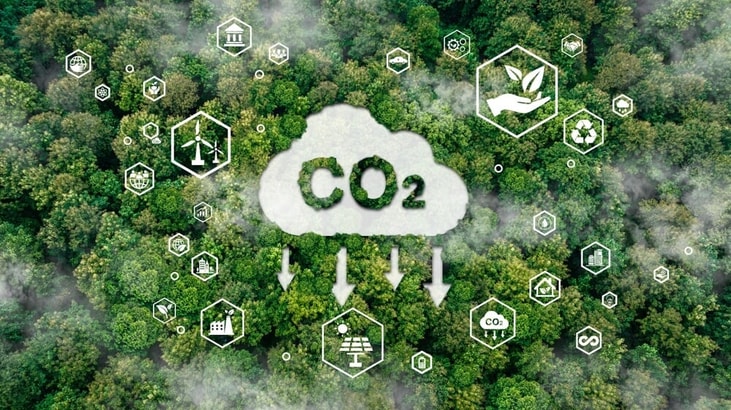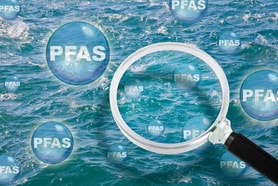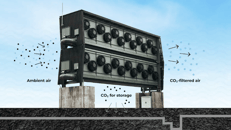CO2 removal brands will emerge, predicts McKinsey
The prospect of carbon dioxide (CO2) removal brands will emerge as markets become more regulated and decarbonisation accelerates, according to McKinsey.
Senior Partner Mark Patel said the sector could grow into a $1.2 trillion industry by 2050 and it is seeing “material acceleration” as the regulatory framework takes shape in Europe and US, together with public incentives to promote technological development. CDR capacity will be in the range of 0.8-2.9 gigatonnes (GT) of CO2 per year by 2030.
“We should expect this to continue, and as it happens, it will evolve as an industrial sector in its own right,” he said, speaking on a podcast.
“We will expect the supply chains for carbon removal to mirror the efficiency and the efficacy of the supply chains that we see for things like energy and materials, food, agriculture.
... to continue reading you must be subscribed
























